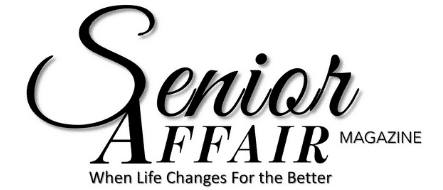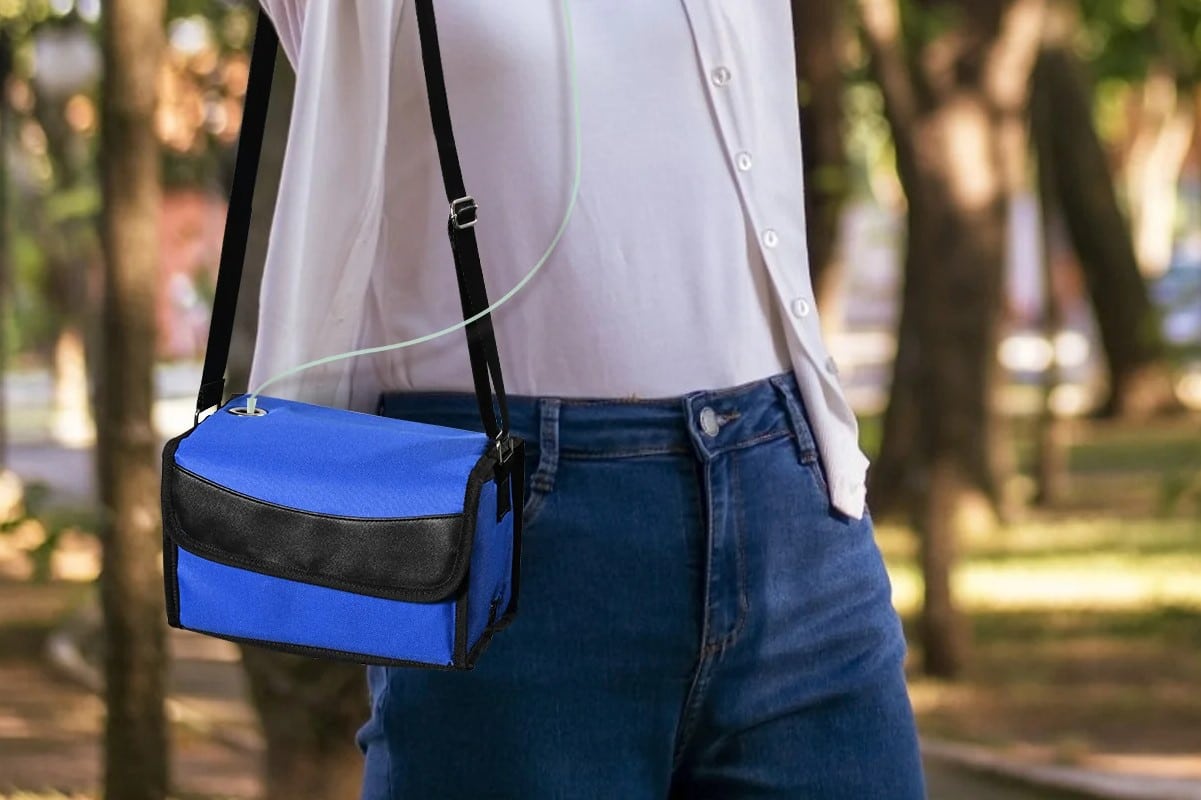Are you considering portable oxygen concentrators to help manage your breathing issues? If so, you should take the time to explore the cost of buying or renting these devices. In this blog post, we will discuss the different types of portable oxygen concentrators available and factors affecting their cost.
We'll then look at renting a device as an alternative option. Finally, we’ll go over the advantages and disadvantages of using a portable oxygen concentrator so that you can make an informed decision about what's right for you.
Introduction
Welcome to our blog post exploring the cost of portable oxygen concentrators. In this article, we will be discussing the various factors that affect the price of these life-saving devices, examining how technology has changed in recent years, and offering tips on how you can save some money while still purchasing a top-quality device. We hope this information helps guide you as you explore the world of portable oxygen concentrators.
Types Of Portable Oxygen Concentrators
Portable oxygen concentrators (POCs) are a useful tool for those seeking an easy and convenient way to take oxygen therapy on the go. POCs come in two main types: continuous flow and pulse dose. Continuous flow POCs provide a steady stream of oxygen all of the time, while pulse dose POCs only provide oxygen when needed, like when inhaling.
Both have their advantages in terms of convenience, portability, and cost-efficiency. In this blog post, we will be exploring each type of POC to understand how they differ in terms of cost so that you can make an informed decision about which is best for you.
Factors Affecting The Cost Of Portable Oxygen Concentrators
When it comes to the cost of a portable oxygen concentrator, many factors can affect the price. The size and weight of the device are two common elements that can influence the overall cost, with larger and heavier machines generally being more expensive than smaller and lighter models.
Additionally, features like built-in batteries or interactive displays will likely cause a price increase, as well as any extra accessories included with the machine such as carry cases or additional tubing. Finally, depending on where you purchase from, you may also have to factor in additional fees or shipping costs that could make a big difference when it comes to your total cost.
Renting A Portable Oxygen Concentrator
Renting a portable oxygen concentrator offers an economical alternative to buying one outright. It allows you to take advantage of the many benefits that come with having an oxygen concentrator, yet without the heavy price tag associated with ownership.
Rental terms vary depending on the model but expect to pay anywhere between $50-$250 per month for use of a POC. Renting is also a great option if you’re looking for access to supplemental oxygen on a short-term basis or when traveling as most places offer free delivery and pick up within their service area.
Advantages And Disadvantages Of Portable Oxygen Concentrators
Portable oxygen concentrators are a great option for those with breathing difficulties and respiratory illnesses. They provide the same benefits of traditional oxygen tanks while offering more convenience, portability, and affordability.
Advantages of portable oxygen concentrators include that they’re lightweight and easy to carry, they don’t require frequent refilling like traditional oxygen tanks do, and they’re more affordable than other medical equipment or home oxygen systems.
On the other hand, there are some drawbacks to using portable oxygen concentrators such as shorter battery life than other options, higher energy consumption (which results in higher electric bills), limited supply of air, and potential interference with electronic devices nearby. Despite these drawbacks, overall portable oxygen concentrators offer many benefits that can be beneficial for those dealing with respiratory illnesses or breathing difficulties.


